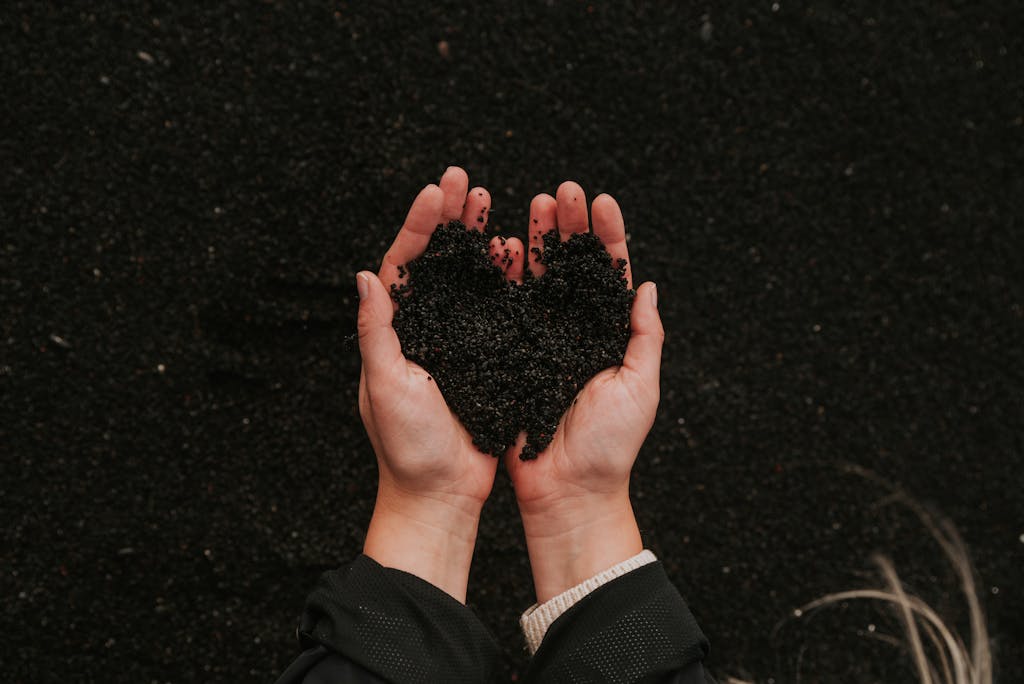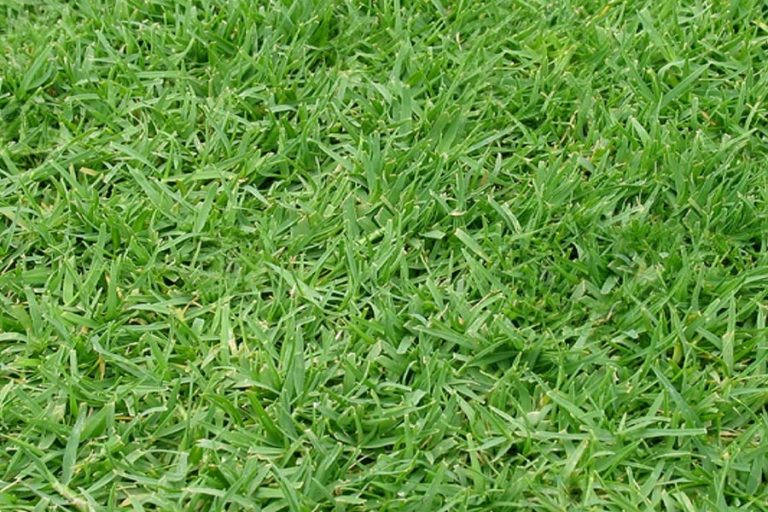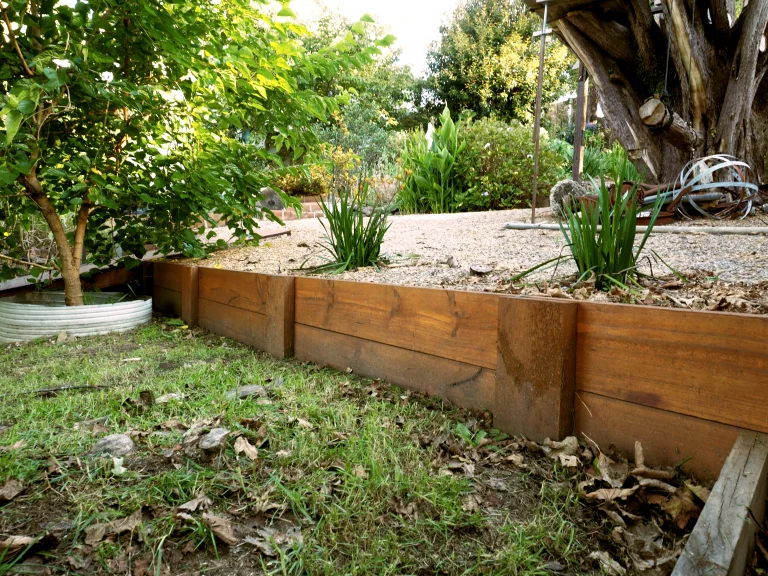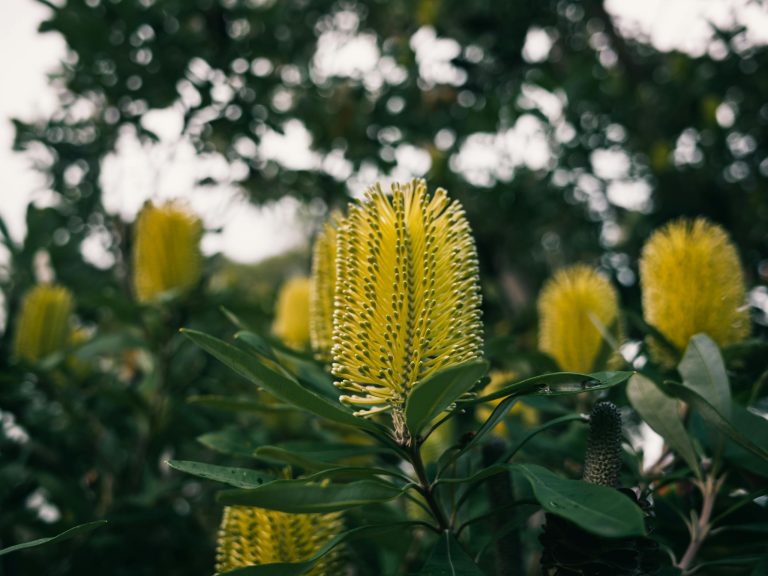And ways to improve your soil for better growth
In the world of gardening, soil is more than just dirt, it’s the foundation of healthy plant growth. Whether you’re growing a vegetable garden, a vibrant flower bed, or a little herb patch, understanding the nuances of soil types is essential for successful growth. From sandy loam to clay, each soil type has its own unique characteristics that influence everything from drainage to nutrient availability.
In this guide, we’ll explore the different types of soil commonly found in home gardens and offer tips on how to optimise your soil for thriving plant life in your garden.
1. Sandy Soil
Sandy soil is characterised by its coarse texture and excellent drainage capabilities. While it’s easy to work with and warms up quickly in the spring, sandy soil tends to be low in nutrients and can dry out rapidly. To enhance sandy soil for gardening, consider incorporating organic matter such as compost or aged manure to improve its fertility and water retention.
2. Clay Soil
Clay soil has fine particles that compact easily, leading to poor drainage and limited oxygen availability for plant roots. However, clay soil is rich in nutrients, making it fertile ground for many plants once its structure is improved. To amend clay soil, add organic materials like compost, peat moss, or aged pine bark to increase aeration and promote better drainage.
3. Loamy Soil
Loamy soil is often considered the ideal soil type for gardening, as it combines the best qualities of sandy, clay, and silt soils. It has a balanced texture that retains moisture well while still allowing for adequate drainage and air circulation. Most plants thrive in loamy soil, but you can further enrich it by adding compost or other organic amendments to boost its nutrient content.
4. Silt Soil
Silt soil is composed of fine particles that are smaller than sand but larger than clay, resulting in a smooth, silky texture. While silt soil holds moisture effectively and is fertile, it can become compacted over time, reducing its drainage capacity. To maintain optimal soil structure, avoid excessive tilling and incorporate organic matter to improve aeration and prevent compaction.
5. Peat Soil
Peat soil is formed from partially decomposed organic matter accumulated in waterlogged conditions, such as bogs or marshes. It is acidic and nutrient-poor but holds moisture well. When using peat soil in your garden, balance its acidity by adding lime or other pH-adjusting amendments and supplement its nutrient content with organic fertilisers.
No matter what type of soil you have in your garden, understanding its properties and how to optimise it for plant growth is key to successful gardening. By identifying your soil type and implementing the right changes, you can create an environment that supports healthy root development, robust growth, and bountiful harvests.
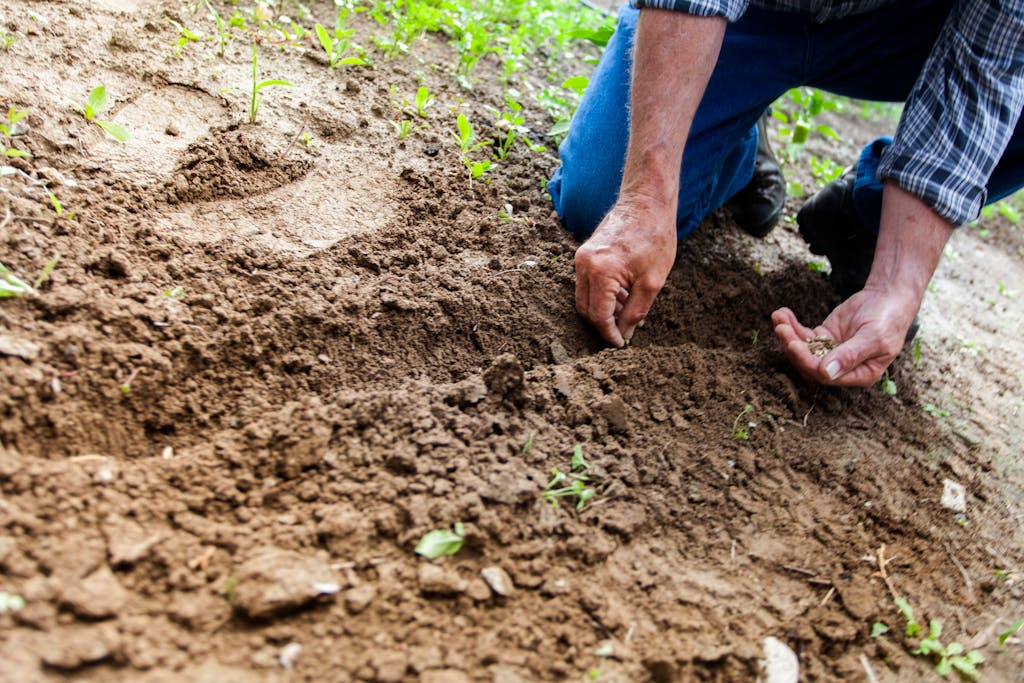
Better soil for better growth: How to improve your soil
Cow manure (organic matter)
Cow manure, like other types of organic matter, serves as a valuable soil enhancer with several benefits for soil health and plant growth for the following reasons-
- Nutrient rich fertiliser: Cow manure is rich in essential nutrients such as nitrogen, phosphorus, and potassium, which are vital for plant growth. These nutrients are released slowly as the manure decomposes, providing a steady supply of nourishment to plants over time.
- Improves soil structure: Cow manure helps improve soil structure by increasing its organic matter content. When put into the soil, it helps to loosen compacted soil, improve drainage, and promote better aeration, creating a more hospitable environment for plant roots.
- Enhances water retention: The organic matter in cow manure acts as a sponge, helping the soil retain moisture. This is especially beneficial in sandy soils, which tend to drain quickly, as well as in arid climates where water conservation is crucial for plant survival.
- Encourages microbial activity: Cow manure provides a food source for beneficial soil microbes and earthworms, which play essential roles in breaking down organic matter, improving soil fertility, and cycling nutrients. Healthy soil ecosystems foster robust plant growth and help protect against soil-borne diseases.
- pH Buffering: Cow manure can help buffer soil pH, particularly in acidic soils, by increasing alkalinity over time. This can be beneficial for plants that prefer slightly acidic to neutral soil conditions.
- Sustainable soil management: Using cow manure as a soil amendment promotes sustainable agricultural practices by recycling organic waste and reducing the need for synthetic fertilisers. It’s an eco-friendly way to improve soil fertility and productivity while minimising environmental impact.
Overall, cow manure is a valuable resource for enriching soil fertility, improving soil structure, and supporting healthy plant growth in gardens, farms, and landscapes.
Vary your soil types for purpose
It’s best to research and learn about soil mixes for the time of year, what you intend to grow & nourish, and why this will benefit the type of garden you are hoping to grow and maintain over time. Make sure you choose a good premium mix for best results, as oftentimes cheap soil contains a bad mix of nutrients (if at all) and can end up killing your beloved plants and flowers.
Food for thought – if you’re considering an Australian native bush garden (or already have one), you’ll want to pick a low-nutrient soil, as our native plants thrive better and have adapted over thousands of years in low-nutrient soil. However, if you’re a cottage garden lover who grows dahlias, tulips, and daffodils, you’ll want to opt for a nutrient-rich, loosened, and well-drained soil for next Spring’s blooms.
Native mix
Low phosphorus soil is particularly beneficial for Australian natives and Proteaceae plants due to their sensitivity to high levels of phosphorus. These plants have evolved in nutrient poor soils and have developed specialised root systems to efficiently extract nutrients, including phosphorus, at low concentrations. Excessive phosphorus can interfere with this adaptation, leading to nutrient imbalances and reduced growth or flowering.
By providing a soil environment with reduced phosphorus levels, native plants, and Proteaceae can thrive without the risk of phosphorus toxicity. This promotes healthier root development, improved nutrient uptake, and enhanced flowering or fruiting, ensuring the long-term vitality of these unique and diverse plant species in Australian landscapes and gardens.
Together with rock minerals, trace elements, gypsum, and iron, this free-draining planting soil is the perfect choice for gardens where natives and other plant varieties grow side by side.
Coco potting mix
Coconut fibre, or coir, is a sustainable soil amendment with numerous benefits for gardeners and plants. Its high water retention capacity improves soil moisture levels while maintaining excellent aeration, supporting optimal root growth and nutrient uptake.
Slow decomposition releases organic matter and nutrients, enriching soil fertility over time, while its pH neutrality makes it suitable for a wide range of plants. Additionally, coconut fibre suppresses weeds, provides natural disease resistance, and offers an eco-friendly alternative to synthetic soil amendments, contributing to healthier, more resilient gardens and landscapes.
Garden soil
Picking a good mix of garden soil is essential for planting and maintaining healthy growth all year round. A good mix should consist of the perfect blend of nutrient-enriched topsoil, organic compost, cow manure, gypsum, slow-release organic fertiliser, and natural minerals.
Garden Soil can be used on all garden types but is best suited for vegetable gardens. It absorbs and retains water adequately, increases soil nutrient holding capacity, and is ideal for filling raised garden beds, planter boxes, and large containers.
Written by Ellie, Wattle and Stone Landscapes.

